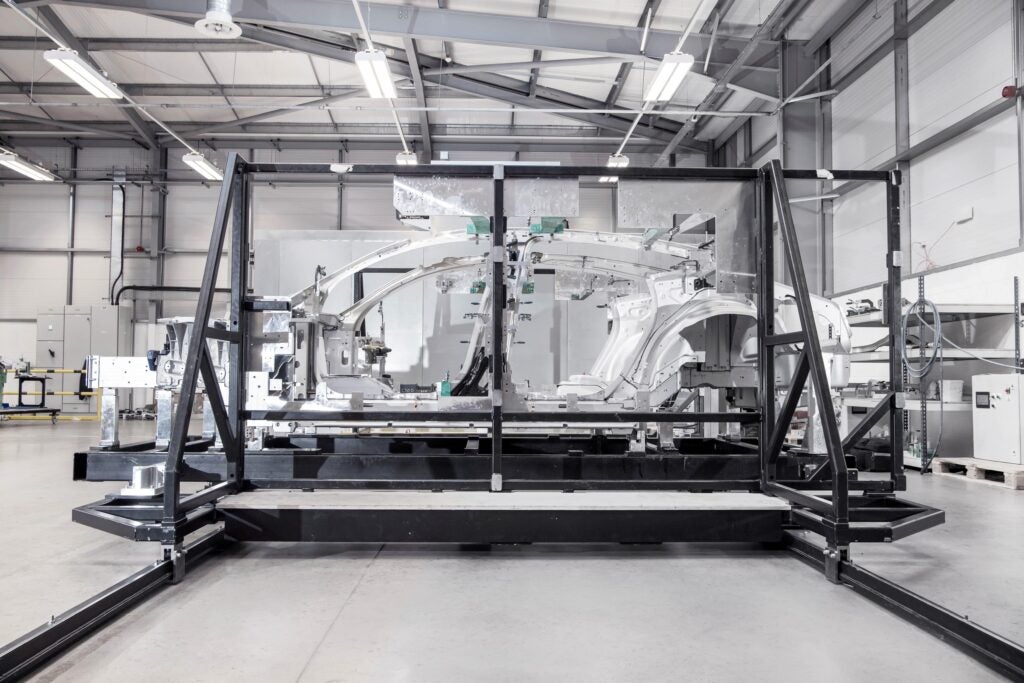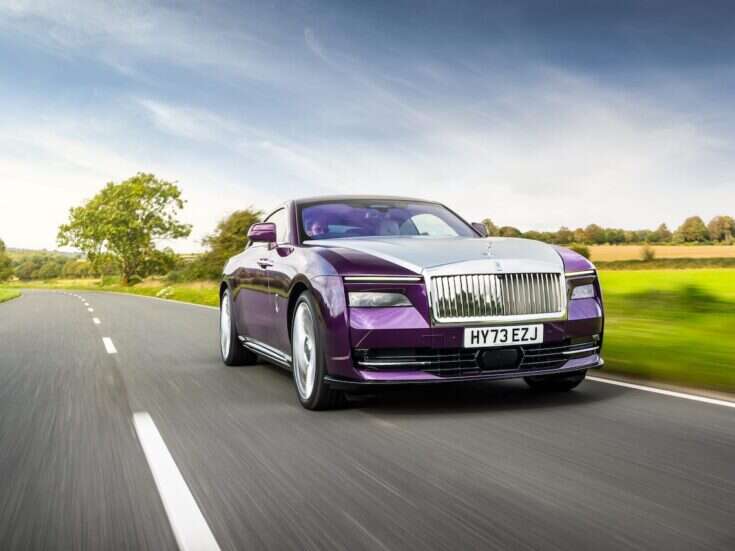
Unlike automakers that have been around for decades or even more than a century, Polestar’s newness has provided a kind of carte blanche for the brand. Fredrika Klarén, Polestar’s head of sustainability, spoke with Elite Traveler’s Alexandra Cheney on what sustainability really means, the delicate balance between boring and brave, and redefining luxury.
Along with design and technology, sustainability is one of the three core pillars of Polestar. What does that actually mean?
A full 100% of the people working at Polestar are working in sustainability. We are a young company, and we have the luxury of figuring out how we want to develop our sustainability work. We are steering away from how traditional manufacturers do everything in parallel and instead building a lean sustainability competence hub.
How do you go about building that?
Take how we look at cars — climate neutral mobility is incredibly important. Premium cars and premium materials used to be all about this thick, luxurious glossy material. We are making it more about innovative and sustainable materials, and figuring out what has the most impact. We’re not afraid to take our time. We’re saying no to carbon offsets. We’re still using leather, although our leather and wool requirements are the highest you can imagine. We want to find a more sustainable alternative. We see the need for data so we can actually know the impact.
Speaking of data, you recently released a life cycle assessment for one of your vehicles, which is unprecedented in the auto industry. Why?
The simple answer is to be transparent to our customers and encourage our industry to do the same. We performed a life cycle assessment [an environmental impact study of a product] to determine the lifetime carbon footprint of the Polestar 2 including emissions from materials production, manufacturing, the use phase of the Polestar 2 and its end of life. We released it as well as the methodology we used.
There are 30,000 components going into a car but can we — and how can we — get that down to net-zero?
We are striving for climate neutrality. Some may call that a bold, even brave, move. Sometimes, the more boring stuff has the most impact. We are trying to be brave in our choices and materials. We are reevaluating aluminum and finding solutions to textiles and plastics that we have in the car. How do we make the car more recyclable? Circular renewables are always in the discussion. So is our transparent future. We’re going way too slow and not meeting the climate crisis. Let’s accelerate the transition.
How do you think Polestar is disrupting the traditional methodology behind automobile manufacturing?
We’re going about the sourcing and design process in a whole new way. We’ve got a questionnaire of 112 questions that we send out to potential partners, which in and of itself is something many car brands still won’t do — teaming up with someone outside of the brand. Those questions cover everything from material solutions to traceability and inclusion. We’ve already been told that some of these companies simply have never been asked these questions before, but we are nerdy and data-driven, and once we receive that questionnaire back it becomes really clear who we want to team up with.

This article appears in the 06 Jun 2022 issue of the New Statesman, Summer 2022






